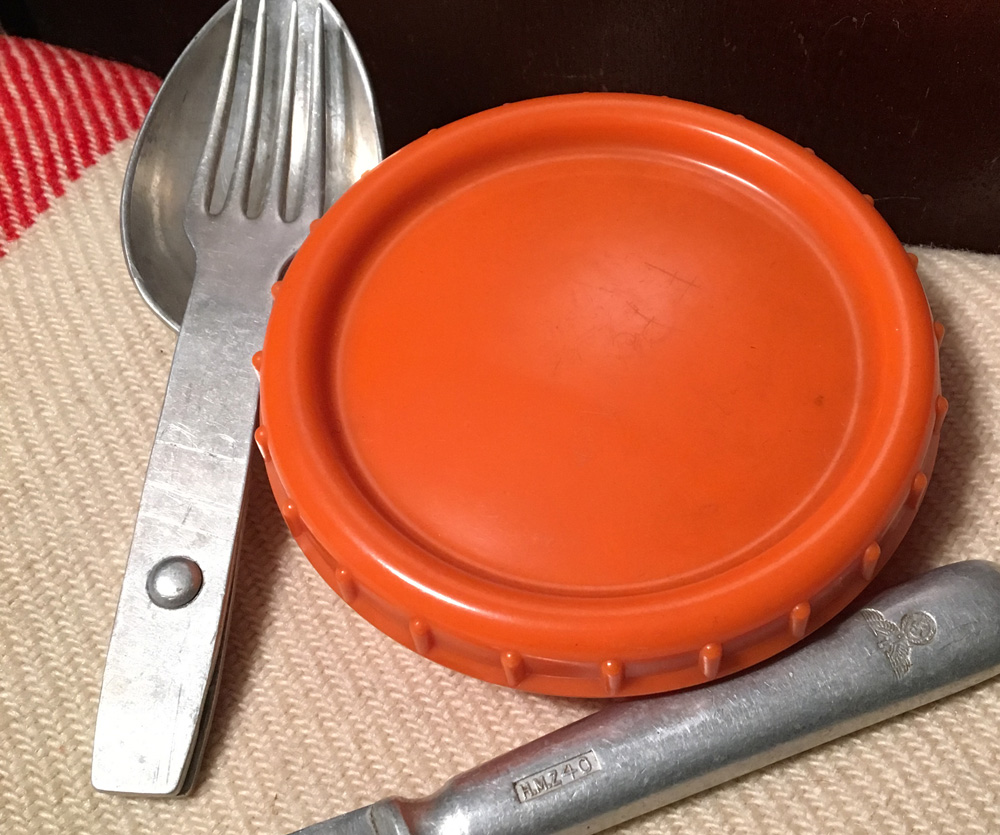
Part of the daily ration distributed to German soldiers was in the form of spreads to be eaten with the daily Kommissbrot bread ration.
The reason for this is deep-seated in German culture. Generally speaking, traditionally, Germans do not eat bacon and eggs for breakfast. Usually, breakfast is in the form of bread and something to put on it- butter or Schmalz, and/or cheese, or cold cuts of Schinken (cured ham), Wurst or other meat. A piece of hearty dark bread, spread with butter and a slice of cheese, is still a typical breakfast dish. Traditionally in Germany, the large meal is eaten in the middle of the day, and for dinner, Abendbrot- “evening bread.” More bread and spreads. Belegtes Brot, or bread with stuff spread on it, is (or was) as ubiquitous in Germany, as sandwiches are in the USA. Possibly more so. In fact, one German word for sandwich is Butterbrot- “butter bread.” Probably this originated with the practice of eating bread with butter as a meal, a practice that seems foreign to modern Americans- because it is.
The point of this really is simply that German soldiers in WWII were used to having bread and spreads as a meal, sometimes twice daily. This cultural fact is the reason why part of the daily ration was spreads; it is the reason the butter dish was issued. For most field soldiers, who were being supplied by field kitchens, that butter dish was being replenished with some kind of spread, every single day.
It is far better to have some kind of bread spread in your butter dish, than beef jerky, teabags, nuts, or chocolate. Not only is it more authentic, it is culturally more in tune with what is being portrayed. They were probably not familiar with beef jerky.
Ideas for spreads:
-Butter or Schmalz
-Honey or artificial honey
-Spreadable cheese
-Spreadable Wurst
-Jam/fruit preserves/applesauce